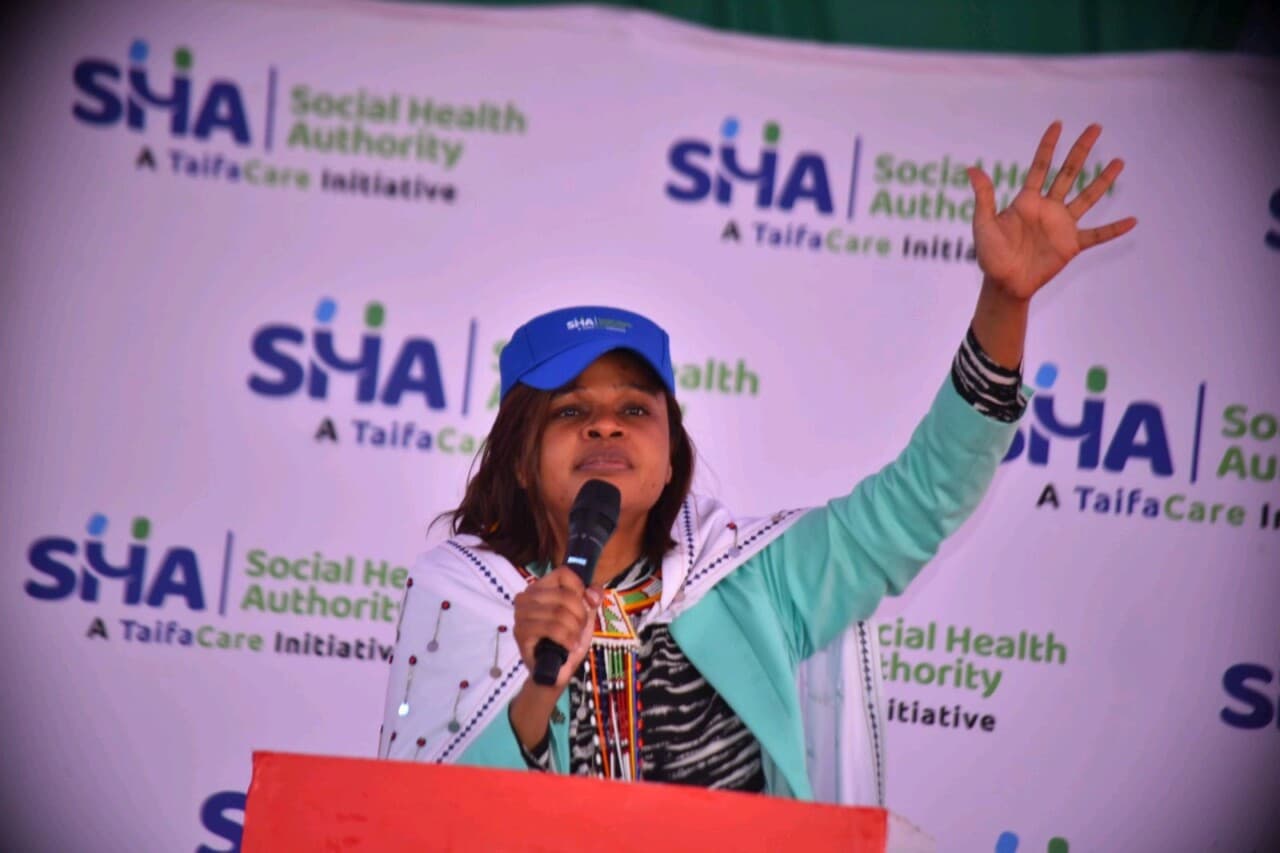We're loading the full news article for you. This includes the article content, images, author information, and related articles.
The Social Health Authority has broadened its Primary Health Care package, targeting chronic diseases and preventative care for millions of Kenyans. However, the move faces scrutiny over funding gaps and the readiness of local health facilities to deliver the new services.

The Social Health Authority (SHA) has officially expanded its Primary Health Care (PHC) benefits package, a significant step in accelerating Kenya's Universal Health Coverage (UHC) agenda. The announcement, detailed in an update on Monday, October 27, 2025, outlines a raft of new services aimed at reducing out-of-pocket expenses and shifting the nation's healthcare focus from curative to preventative care.
The expanded package is designed to be accessible at Level 2, 3, and select Level 4 health facilities, bringing services closer to communities. This initiative is a core component of the reforms introduced after SHA replaced the National Hospital Insurance Fund (NHIF) on October 1, 2024, under the Social Health Insurance Act of 2023.
According to the SHA, the enhanced benefits are structured into five key service areas, significantly broadening the scope of primary care previously available under the old system. The newly covered services include:
This expansion is a cornerstone of the government's plan to make healthcare more affordable and equitable. It is funded through the Primary Healthcare Fund (PHCF), one of three funds managed by SHA, which is financed primarily through government appropriations. The other two funds are the Social Health Insurance Fund (SHIF), which covers inpatient and specialist services through mandatory contributions, and the Emergency, Chronic, and Critical Illness Fund (ECCIF).
All Kenyans registered with the SHA—a figure that surpassed 27 million as of October 2025—are entitled to the free primary healthcare package. Contributions to the broader SHIF are set at 2.75% of gross monthly income for salaried individuals, while those in the informal sector contribute based on income assessments, with a minimum of KSh 300 per month.
Despite the progressive step, the rollout faces significant challenges. Health Cabinet Secretary Aden Duale recently appeared before the National Assembly's Departmental Committee on Health, where he acknowledged that the SHA's funds are currently under-resourced. He called on Parliament to increase funding for both the Primary Healthcare Fund and the Emergency, Chronic, and Critical Illness Fund, stating that the success of the country's health reforms depends on it.
Concerns have also been raised by healthcare providers and workers' unions regarding the readiness of county-level facilities to handle the expanded services. Issues such as delayed reimbursements from the SHA, inadequate infrastructure, and staffing gaps have been flagged as potential bottlenecks that could undermine the initiative's impact. A recent meeting between the Ministry of Health and the National Treasury aimed to establish a more predictable financing plan to stabilize the public health system and reduce reliance on donor funding.
The transition from the Linda Mama programme to a more comprehensive household-based maternal care package under SHA also reflects this new, integrated approach, though it has required navigating challenges related to financing and service delivery gaps. As the SHA continues its rollout, its success will be measured not just by registration numbers, but by its ability to translate policy into tangible, quality healthcare outcomes for every Kenyan household.
Keep the conversation in one place—threads here stay linked to the story and in the forums.
Other hot threads
E-sports and Gaming Community in Kenya
Active 7 months ago
Popular Recreational Activities Across Counties
Active 7 months ago
The Role of Technology in Modern Agriculture (AgriTech)
Active 7 months ago
Investing in Youth Sports Development Programs
Active 7 months ago